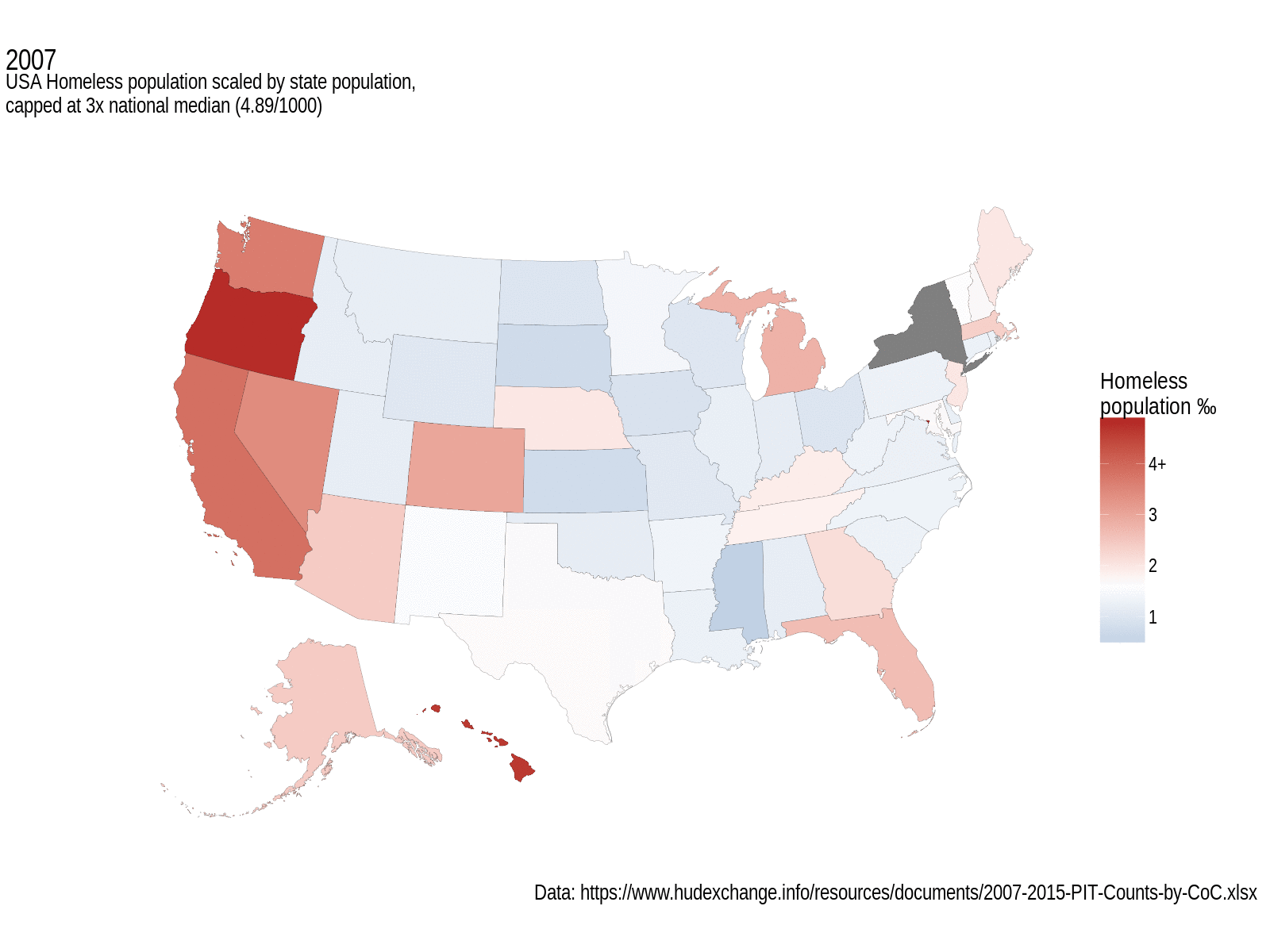This is the other half of one of my ideas (though I limited mine to Australia); some good progress has been made in doing this for the USA so that now it's as simple as
library(albersusa) ## devtools::install_github("hrbrmstr/albersusa")
us <- usa_composite()
plot(us)
That package includes various regional breakdowns and applicable projection transformations.
I used this in a recent analysis, myself. The entire processing script (obtain data, process, generate output, save) is a mere 100 lines, including blanks.

I was hoping we could put together an Australian version, where the replicated data sets were easily available as aus@data. I repeated the above graph/analysis for Australia (blog post impending) and had to go through the same hassles as you describe to get to this point.
The map theme is covered by ggthemes::theme_map() .
Extending these to a global ensemble would be an interesting task.
I find myself often re-doing the same code to extract data from a map repository, extract the polygons, and identifiers, in order to make chloropleth maps, or map backgrounds for spatial data. For example:
This is the code that I put together to look at the R contributor survey. I wonder if it would be a good idea to have this packaged for more generally working with spatial data.